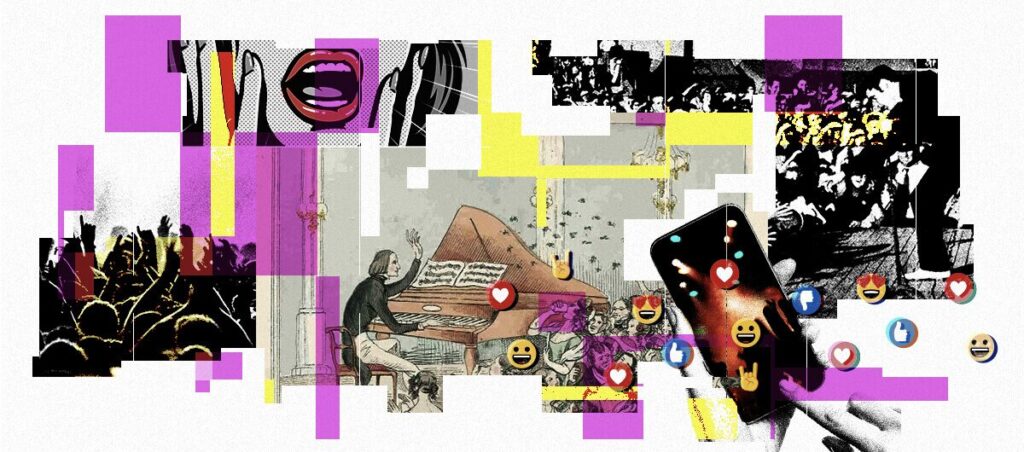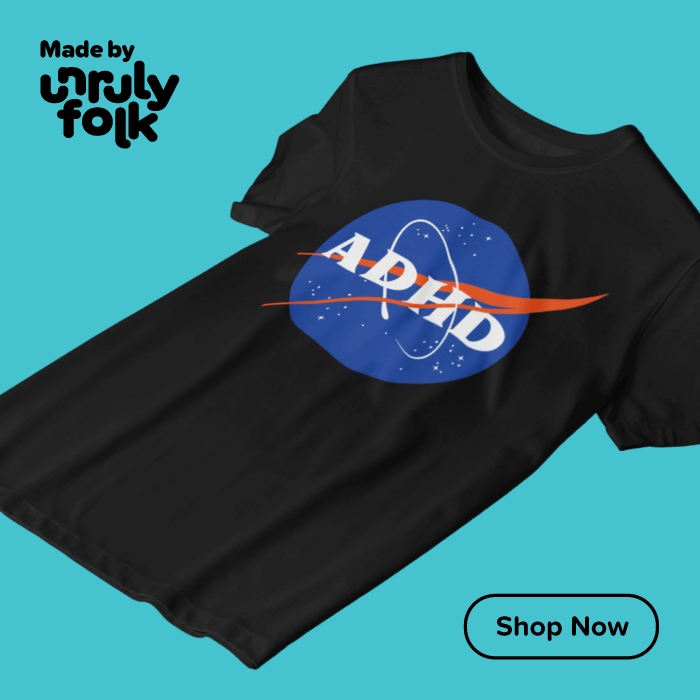In today’s music landscape, the line between mainstream and indie is increasingly blurred. Artists from both sides often overlap in terms of style, audience, and even chart success. Yet, the distinct identities of these two worlds remain intact, each offering something unique to listeners. This delicate balance is where Illustrate Magazine shines, as it serves as a bridge between mainstream appeal and indie innovation. By doing so, the magazine brings together a diverse audience while celebrating the artistry that defines both ends of the music spectrum.
Understanding the Divide: Mainstream vs. Indie
The terms “mainstream” and “indie” have long been used to describe the contrasting worlds of music. Mainstream music typically refers to chart-topping hits, well-known artists, and genres like pop, R&B, or hip-hop, where success is often measured by radio play, streaming numbers, and global reach. These artists are backed by major record labels and have extensive marketing campaigns to ensure widespread exposure.
Indie music, on the other hand, is characterized by its independence—both creatively and financially—from the major labels. Indie artists often have smaller, more niche audiences and are driven by artistic freedom rather than commercial success. Genres such as indie rock, folk, experimental, and alternative thrive within the indie space.
Though these worlds have traditionally been separate, Illustrate Magazine’s ability to cover both seamlessly is a testament to its role as a platform that values artistry over industry divisions.
The Role of Illustrate Magazine
Illustrate Magazine has carved out a space where both mainstream and indie artists can coexist, offering readers an eclectic mix of music coverage that appeals to diverse tastes. Whether you’re a fan of top-charting pop songs or underground experimental sounds, the magazine provides something for everyone.
1. Celebrating Indie Innovation
At its core, Illustrate Magazine champions independent musicians. Through its features, interviews, and reviews, the magazine highlights emerging talents and artists who are pushing boundaries. It’s not just about music that fits the mould of popular genres but about showcasing the creativity that thrives outside of the mainstream. Illustrate gives indie artists a platform to express their unique sound while also introducing them to a broader audience that may not have discovered them otherwise.
Indie artists often have limited exposure due to the lack of resources compared to their mainstream counterparts. Illustrate Magazine helps fill that gap by amplifying their voices and bringing attention to the music that doesn’t always make it to the radio but deserves recognition.
2. Covering Mainstream Artists with Depth
While indie artists are at the heart of its content, Illustrate Magazine doesn’t shy away from covering mainstream acts. However, it does so in a way that adds depth and insight rather than focusing on the typical surface-level celebrity buzz. When the magazine covers popular figures like Dua Lipa, The Weeknd, or Calvin Harris, it takes a more analytical approach. Instead of merely discussing their chart-topping hits, Illustrate dives into their creative processes, collaborations, and how they influence music trends.
By presenting mainstream artists through a lens that emphasizes artistry, the magazine ensures that it stays true to its mission of promoting musical innovation. This approach allows fans of mainstream music to appreciate the craft behind the success, creating a deeper connection between the artist and the audience.
3. Crossing Over: When Indie Goes Mainstream
One of the fascinating aspects of music today is the growing number of indie artists crossing over into the mainstream. Illustrate Magazine plays a crucial role in documenting this transition. Artists like Billie Eilish and Tame Impala started with an indie following but eventually achieved global fame without sacrificing their unique sound. These artists blur the lines between what’s considered indie and mainstream, making them perfect examples of the evolving music landscape.
Illustrate tracks these career trajectories, providing in-depth profiles and features that follow the growth of such artists. The magazine celebrates their rise while maintaining focus on the creative roots that define them, offering readers a nuanced perspective on how indie artists find mainstream success.

Fostering a Community of Music Lovers
What sets Illustrate Magazine apart is its inclusive approach. Instead of dividing readers based on their preference for indie or mainstream music, the magazine brings them together under one roof. Its content speaks to a wide range of listeners, encouraging them to explore genres and artists they might not typically listen to.
This inclusive community fosters music discovery. A pop fan might stumble upon an interview with an indie rock band, or an alternative listener might find themselves intrigued by the latest mainstream collaboration. By bridging the gap between these two worlds, Illustrate Magazine encourages readers to step outside their comfort zones and appreciate the richness of both indie and mainstream music.
The Importance of Genre Fluidity
Another key factor in Illustrate Magazine’s unique role is its recognition of genre fluidity. Today’s artists no longer feel confined to one style, often blending genres in ways that were once unheard of. Illustrate understands this shift and celebrates the artists who experiment with new sounds. Whether it’s an indie artist incorporating pop elements or a mainstream act dabbling in alternative music, the magazine embraces the evolution of genre boundaries.
This openness to genre blending ensures that Illustrate Magazine stays relevant in an industry that’s constantly changing. It’s not just about what’s popular or what’s underground—it’s about the innovation happening across all music, regardless of genre or label affiliation.
Elevating the Conversation
Ultimately, Illustrate Magazine plays a significant role in elevating the conversation around music. By focusing on both mainstream and indie artists with equal importance, the magazine creates a space where the lines between commercial success and creative integrity blur. It highlights that good music exists everywhere, whether it’s being played on the radio or performed at a small local venue.
Conclusion: A Unique Bridge in the Music World
In the music industry, mainstream and indie have traditionally existed as two separate entities. However, platforms like Illustrate Magazine are breaking down these barriers, proving that the two worlds can coexist and thrive together. By offering a balanced mix of indie innovation and mainstream depth, Illustrate has created a unique role for itself as a bridge between these two realms.
For readers, this means access to a wealth of music discoveries—both popular and underground—that keeps them engaged and excited about the evolving soundscape. In a world where music is more diverse than ever, Illustrate Magazine’s inclusive approach makes it an essential resource for anyone passionate about music.
FOLLOW:
WEBSITE | FACEBOOK | INSTAGRAM | TWITTER | PINTEREST | REDDIT | SPOTIFY | TIKTOK | SUBMIT MUSIC
























































